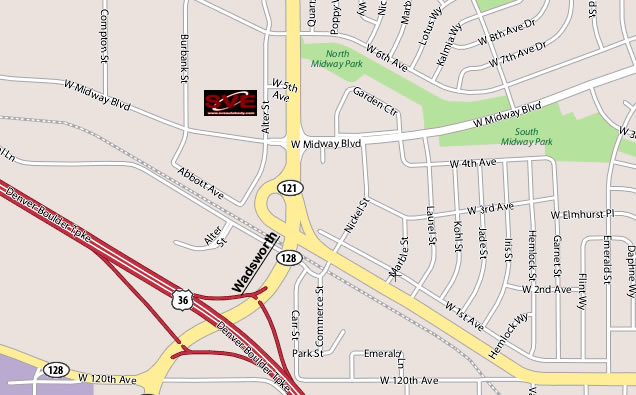
Crash avoidance features and teen-specific vehicle technologies have the potential to prevent or mitigate up to three-quarters of fatal crashes involving teen drivers, a new study by the Insurance Institute for Highway Safety shows.
“We know these technologies don’t stop 100% of the crashes they’re designed to address, but our analysis shows that the potential benefits for teen drivers could be pretty stunning if they were widely used,” said IIHS Research Scientist Alexandra Mueller, the lead author of the paper.
Per mile driven, teen drivers are nearly four times as likely to crash as drivers 20 and older and more likely to be involved in a fatal crash than any age group except those 80 and above. That’s because of a unique set of risk factors that includes high rates of speeding, low seat belt use and inexperience.
Past research has shown teen drivers are typically worse at recognizing hazards and controlling the vehicle than more experienced drivers, resulting in more loss-of-control and run-off-road crashes. Teen drivers are more prone to losing focus and less likely to lower their speed to compensate for slick roads or poor visibility. They are also often involved in rear-end and right-angle crashes.
All that means the safety benefits of crash avoidance technologies like front crash prevention and lane departure prevention could be particularly relevant for teen drivers, even though these features are designed for everybody.
Automakers and software developers also offer technologies specifically designed for teen drivers. In-vehicle technology suites like Ford’s MyKey and GM’s Teen Driver include features like parent-controlled speed limiters and gearshift or stereo system interlocks that activate when the front seat occupants aren’t buckled in. Smartphone apps like Hyundai’s BlueLink and Grom Social’s MamaBear can provide parents with driving report cards or real-time alerts when their teen is speeding or breaking nighttime driving curfews.
To estimate the maximum potential benefits of these technologies, the researchers analyzed…





